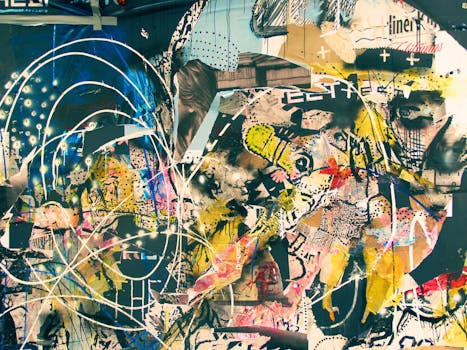
Introduction
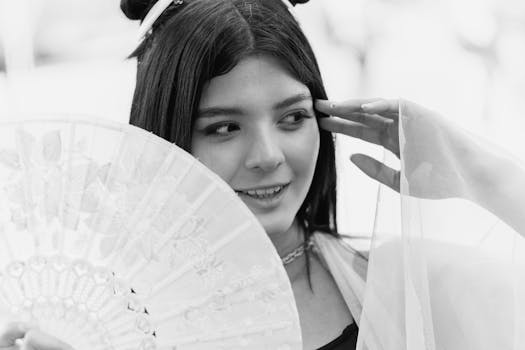
Mixing textures and patterns is a powerful way to create a dynamic look that captivates the eye. Whether in fashion or home decor, the right combination can elevate your style and add depth to your designs. This article will delve into how to effectively mix textures and patterns for a stunning visual impact.
Understanding Textures

Textures refer to the surface quality of materials. They can be tactile or visual and play a crucial role in the overall aesthetic. Some common textures include smooth, rough, soft, and shiny. Incorporating a variety of textures can make a space feel more inviting and layered.
Types of Textures
In fashion, textures like denim, silk, leather, and knit can be mixed to create outfits that are both interesting and cohesive. In home decor, materials such as wood, metal, fabric, and glass can work together to achieve a balanced look.
Exploring Patterns

Patterns are repetitive designs that can be found in fabrics, wallpapers, and artwork. They can range from geometric to floral and abstract. Mixing patterns can add personality to your ensemble or space, but it requires a good eye for balance.
Types of Patterns
Common patterns include stripes, polka dots, plaids, and paisleys. When mixing patterns, it’s essential to consider scale and color. Pairing large patterns with smaller ones can create harmony, while contrasting colors can add excitement.
Tips for Mixing Textures and Patterns
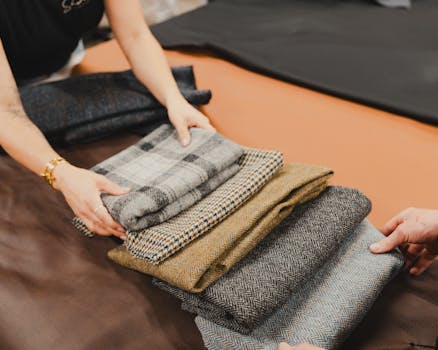
To successfully mix textures and patterns, follow these tips:
1. Choose a Color Palette
Begin with a cohesive color palette to tie different elements together. Neutrals can serve as a background, while bold colors can be your accent.
2. Vary the Scale
Mix large patterns with small ones to create a visual hierarchy. This will prevent your design from feeling overwhelming.
3. Create a Focal Point
Establish a focal point in your design. This could be a statement piece of furniture or an eye-catching outfit element that draws attention.
4. Balance Textures
Ensure that the textures you choose complement each other. For example, pair soft fabrics with rough surfaces to create contrast.
Practical Applications
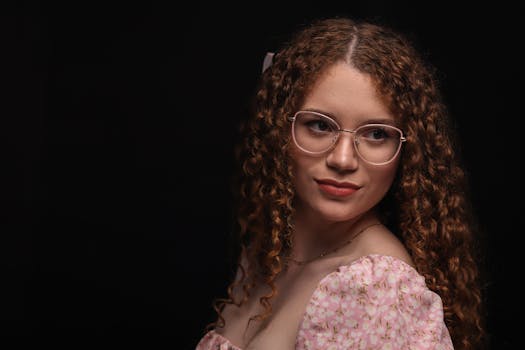
Now that you understand the principles, let’s look at some practical applications of mixing textures and patterns.
In Fashion
Layering different textures can transform a simple outfit into a striking statement. For example, combining a chunky knit sweater with a silky skirt adds depth and interest. Accessories like scarves or bags can introduce additional patterns, enhancing the overall look.
In Home Decor
Incorporating various textures in your living space can create a warm and inviting atmosphere. For instance, using a velvet couch alongside a woven rug and patterned cushions can add richness. Don’t shy away from mixing wallpaper patterns with different fabric designs for curtains or upholstery.
Conclusion
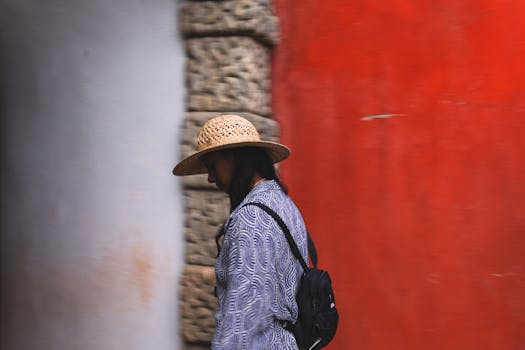
Mixing textures and patterns is an art that can significantly enhance your style, whether in fashion or home decor. By following the tips outlined above and experimenting with different combinations, you can create a dynamic and visually appealing look that reflects your personality. Embrace the journey of mixing textures and patterns, and watch your designs come to life.






